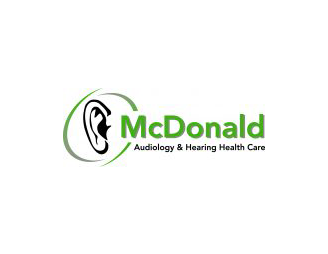If you’ve ever been at a live concert and found yourself thinking “This music is just too darned loud,” it doesn’t necessarily indicate that you’ve become too old for this type of entertainment. This response could be your body’s means of telling you that you are in danger of hearing impairment. If following the event your ears are ringing (tinnitus), or you’re unable to hear as well for several days, you have probably experienced NIHL – noise-induced hearing loss.
This may happen even after short exposures to high decibel noises, and occurs because loud sounds can cause structural damage to the small hair cells which detect auditory signals in the interior of the ear and send the signals to the brain, where they’re interpreted as sounds. In most cases, the noise-induced hearing loss resulting from one single exposure to really very loud noise or music is short-lived, and should go away within a couple of days. However in the event that you continue to expose your ears to loud music or noise, it can cause a case of tinnitus that doesn’t go away, or a long-term loss of hearing.
How much damage very loud music does to one’s hearing is dependant upon two things – precisely how loud the music is, and exactly how long you are exposed to it. The loudness of sound is measured in decibels, a scale that can be difficult to comprehend because it’s logarithmic, meaning that every increase of ten on the scale means that the noise is twice as loud. Busy city traffic at 85 decibels is thus not just a little louder than normal speech at 65 decibels, it’s four times louder. A rock and roll concert, at which the sound level is usually in the range of 115 decibels, is ten times louder than standard speech. Together with precisely how loud the music is, the second factor that determines how much damage is done is the length of time you’re in contact with it, the permissible exposure time. As an example, exposure to sounds of 85 decibels can cause loss of hearing after only eight hours. In contrast, the permissible exposure time for sound at 115 decibels without risking hearing loss is under one minute. Coupled with the fact that the noise level at some rock and roll concerts has been measured at over 140 decibels, and you’ve got a potentially dangerous situation.
Forecasts from audiologists claim that by 2050 around fifty million people in America will have sustained hearing loss resulting from exposure to very loud music. Concert promoters, now that they have been informed about this, have begun to offer attendees low-cost earplugs to wear during their concerts.One famous British rock band actually collaborated with an earplug vendor to offer them free of charge to people attending its concerts. A few concert attendees have described seeing signs in the auditoriums that proclaim, “Earplugs are sexy.” In reality, wearing earplugs at a live concert may not really be all that sexy, but if they safeguard your hearing it might be worthwhile.
We can help you select a pair. We strongly suggest getting them next time you’re intending go to a loud rock concert.

